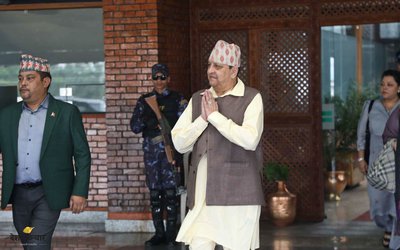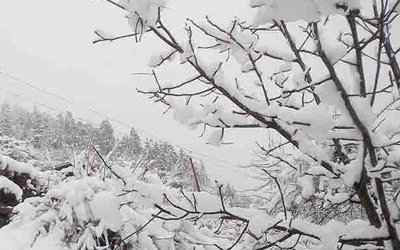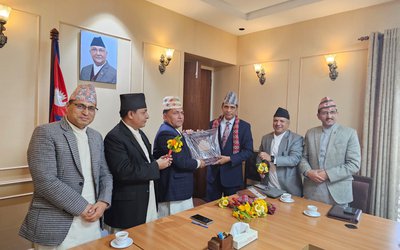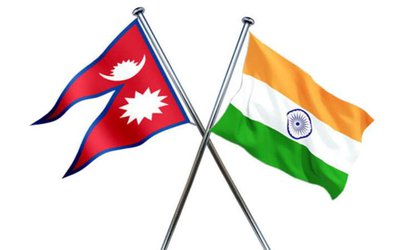More on News


3D printing is a relatively new manufacturing technique, in which a computer-controlled machine ‘prints’ layer upon layer of a material such as plastic to form a solid object. The technology is low-cost, produces no wastage, and allows you to rapidly test and refine ideas.
In the age of modern digital production, the potentials of this technology are limitless. One can now 3D print nearly anything they envision after designing it virtually. In a fairly short span, an idea, vision or discovery can now go from a simple thought to an actual 3D printed part.
The Nepal Innovation Lab is currently exploring and applying this technology for humanitarian purposes. This Lab, established as part of World Vision international’s Nepal Earthquake Response, is a place for new ideas, products, technologies, and processes to be developed and tested, fostering inclusive and innovative solutions for effective humanitarian action in Nepal.
One of the big challenges in humanitarian response is managing the supply chain. Getting the required supplies to affected communities within the required time is often a major challenge. The Lab is collaborating with Field Ready to explore how digital manufacturing technology such as 3D printing can drastically shorten supply chains in the delivery of of humanitarian aid and open up the tools of problem-solving and production to communities themselves.
In the context of rural Nepal, where resources and access can be limited, the ability to print new parts on site can have a huge impact. The technology allows you to replace broken parts, meaning existing equipment can be repaired rather than replaced – saving both time and money in maintaining operations on the ground that support communities.
Ramchandra Thapa, Engineering Contractor from Field Ready, explains, "Medical equipment and machines often break down in rural clinics and hospitals due to failure of small minor parts and people have to wait for a long time to get it fixed or replaced which ultimately affects their health. We have been able to design and instantly print those spare parts and provide it to them."
So far the project has tested and manufactured prototypes of medical equipment such as stethoscopes, otoscopes, fetoscopes, umbilical cord clamps, IV stands, kidney shaped trays, hand braces, and tweezers.
Andrew Lamb from Field Ready shares, "One thing we expect in the future is health posts with their own 3D printers so that they can themselves promptly print necessary spare parts and equipment with the available designs."
In recent years 3D printing has become much more accessible at the consumer level, and the cost and size of printers continues to drop with further innovation. Field Ready is using printers that are easily portable, and can be carried in a suitcase for use directly in the field. The printers are not energy-intensive, and have even been powered by car batteries in remote areas.
One of the most exciting aspects of the technology is the way in which it facilitates problem-solving through a process called ‘rapid prototyping’. Since printing the materials doesn’t require expensive setup costs, the process is ideal for creating ‘one-off’ custom parts. With 3D printers in the field, you can design an object and create a custom prototype immediately for testing. From here, you can make adjustments to the design and improve it until it works best, working closely with the users to provide important feedback along the way.
In addition to developing healthcare solutions, the initiative has been manufacturing custom parts for improved satellite communication systems, scale models for training in earthquake-resilient construction techniques, and fittings for water distribution systems in crisis-affected communities.
Most recently, the team has collaborated with a Nepali entrepreneur to improve the design of a cook stove burner. In this project, 3D printing has been used to create a mold, which in turn is used to cast a complex metal part. The design has been tested in Thankot and the results show greater efficiency and safety: It uses less firewood and produces almost no smoke.
The Lab will continue to support the work of innovators and local manufacturers to explore the potential of 3D printing and other emerging manufacturing technologies to improve humanitarian action.
Read more stories about Nepal Innovation Lab: www.wvi.org/nepal



